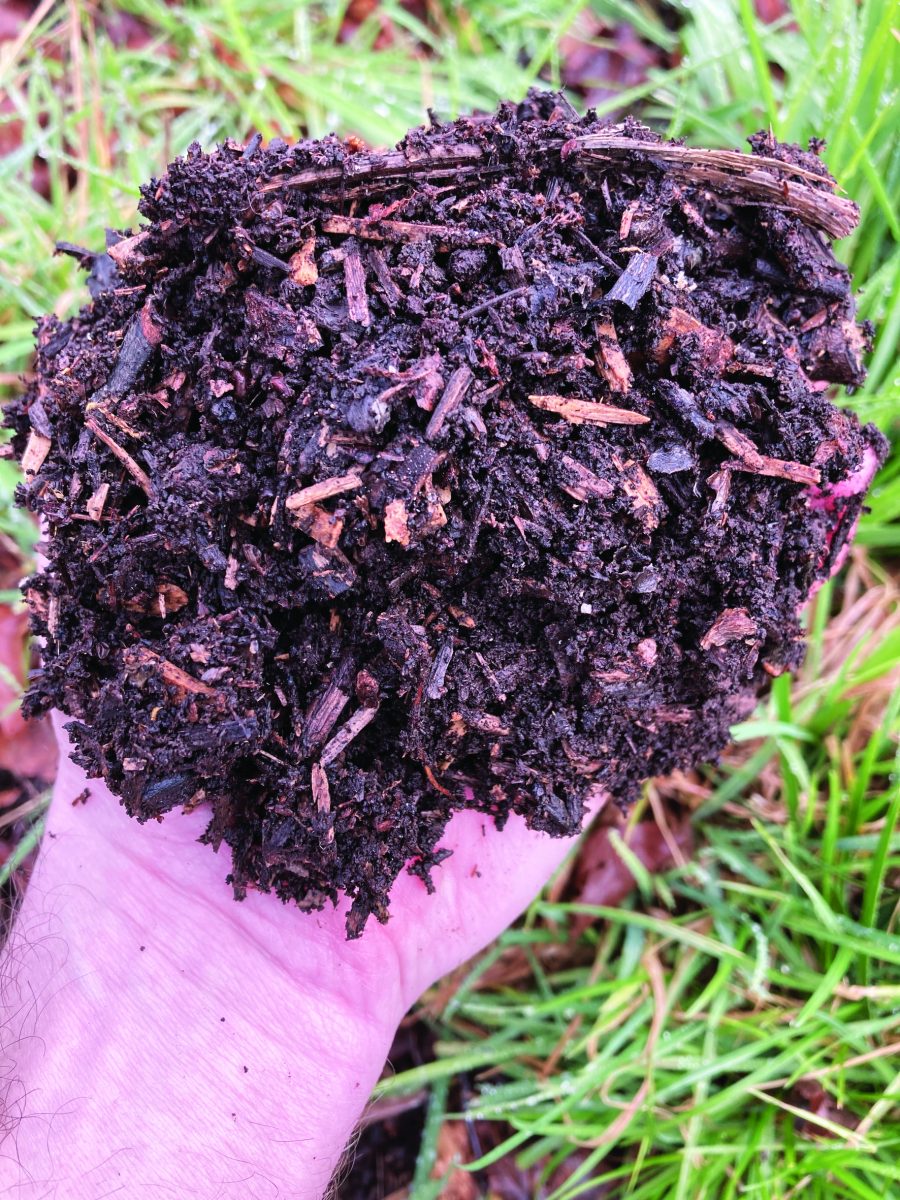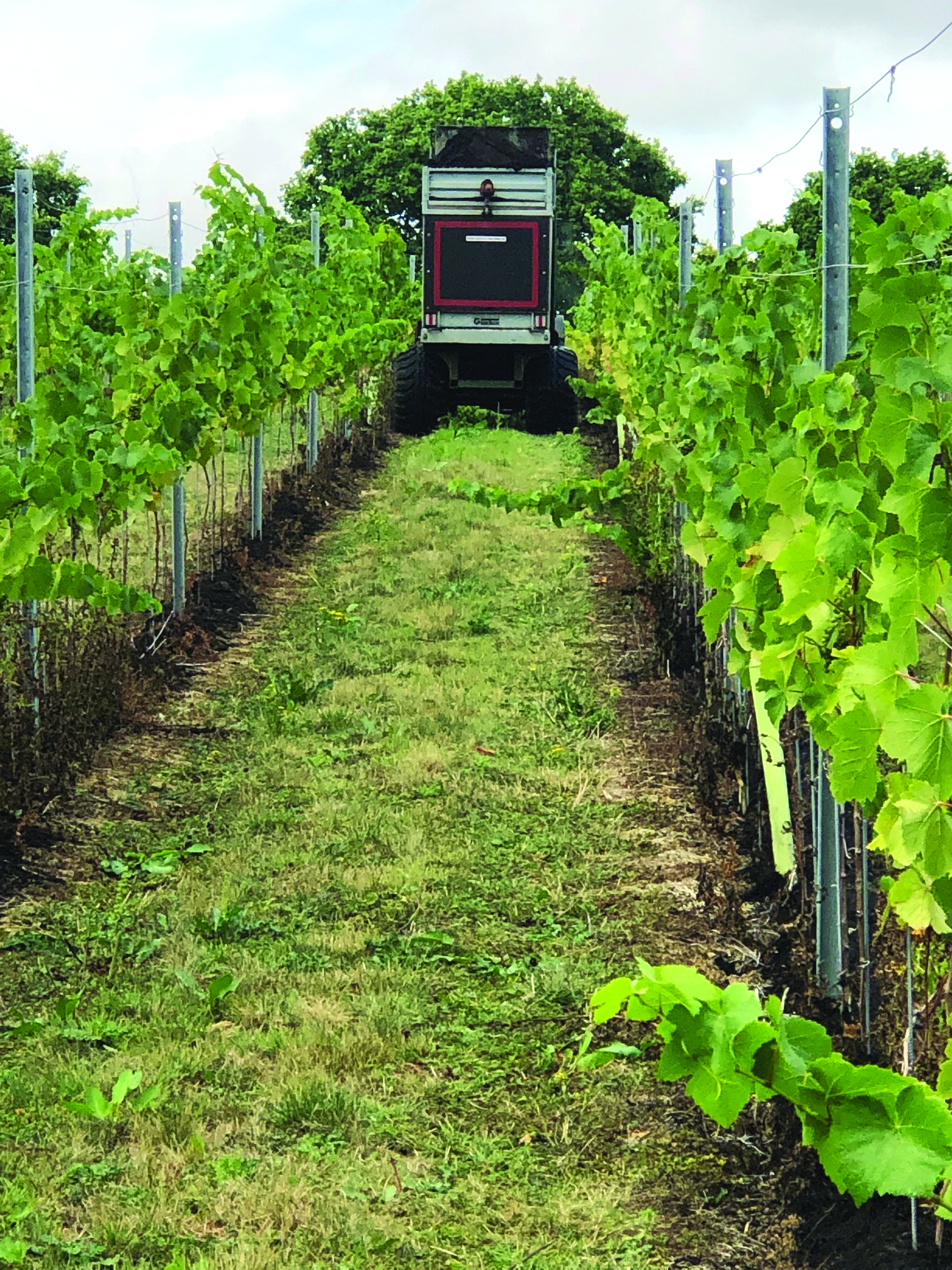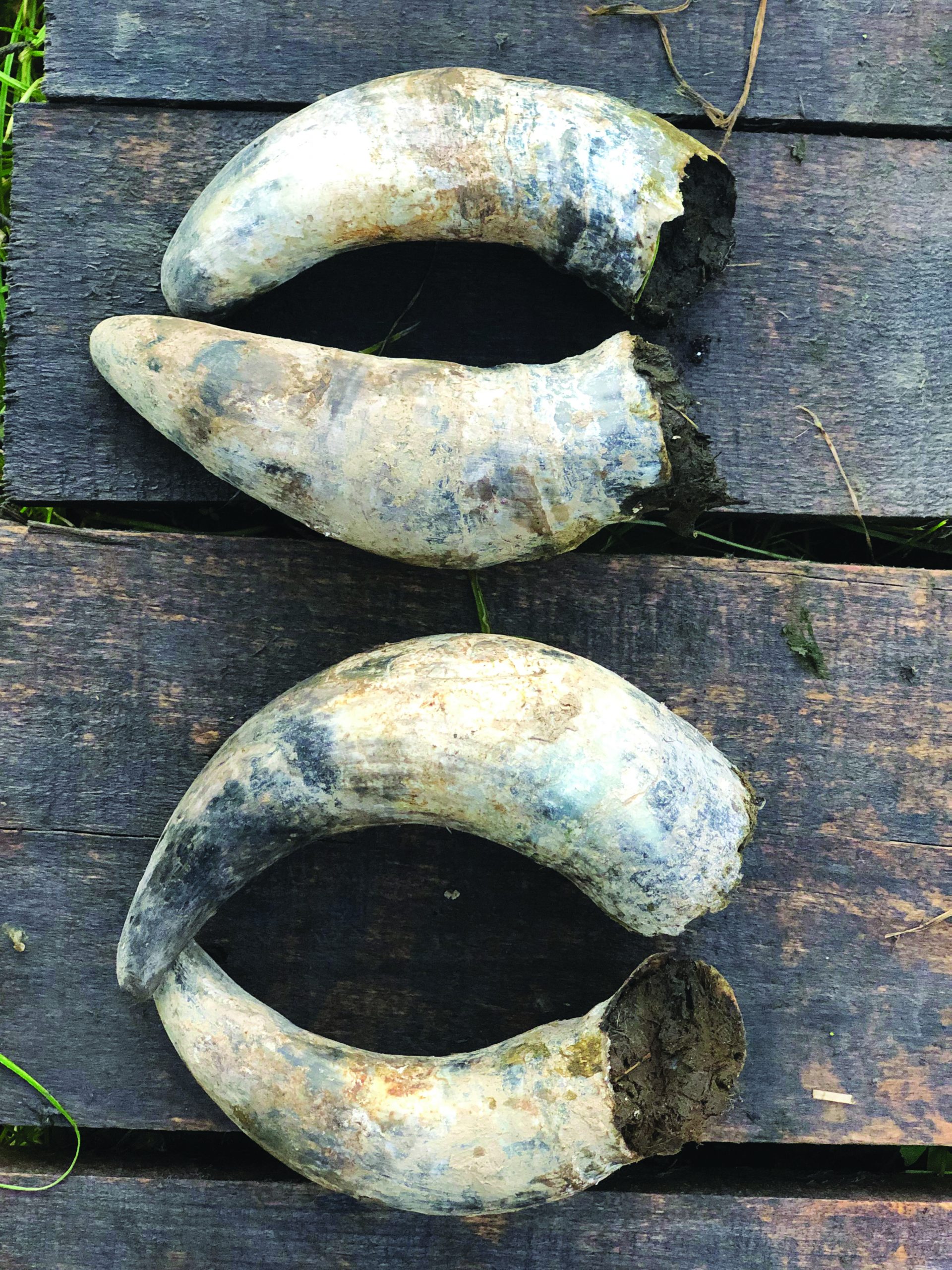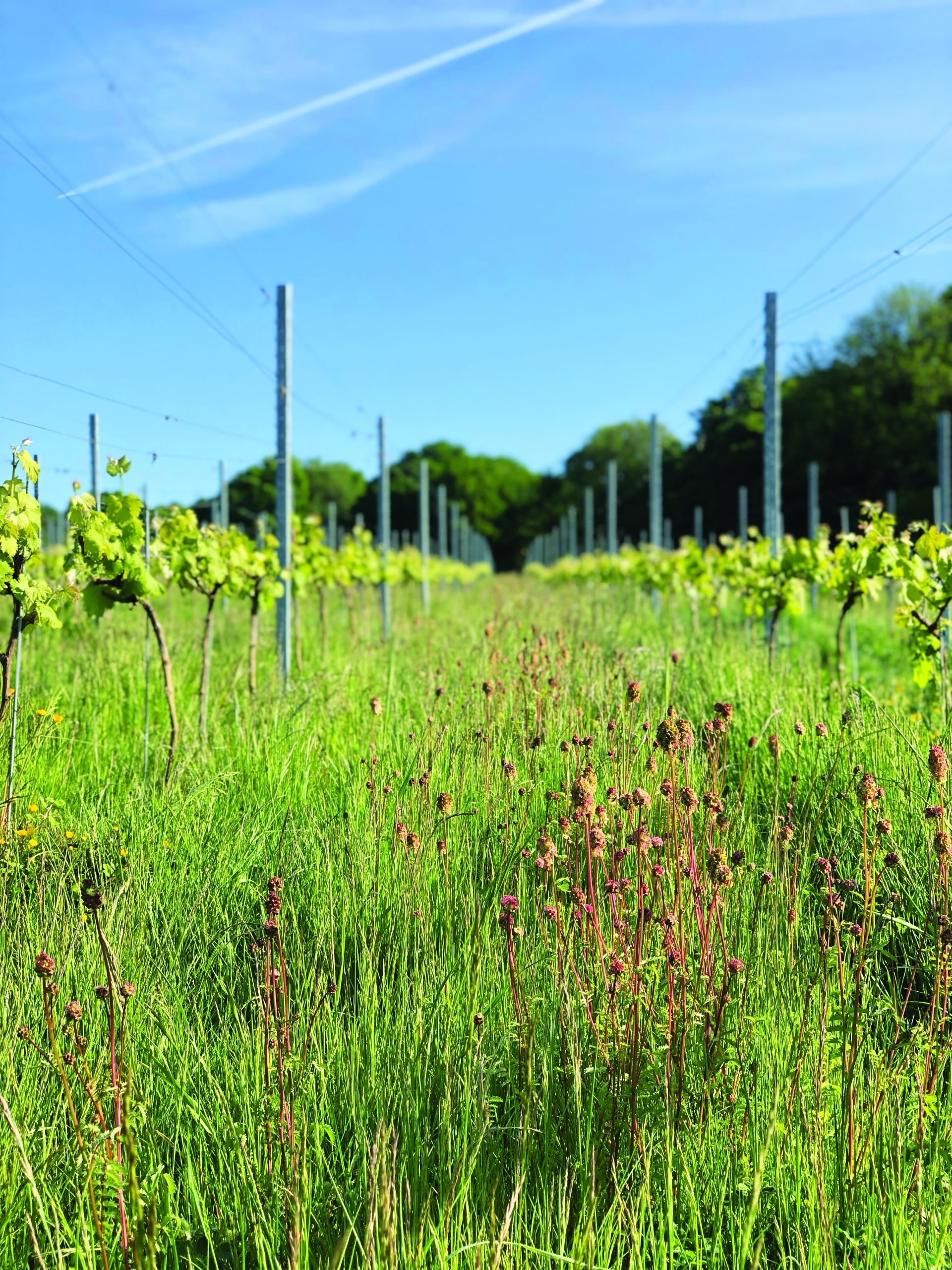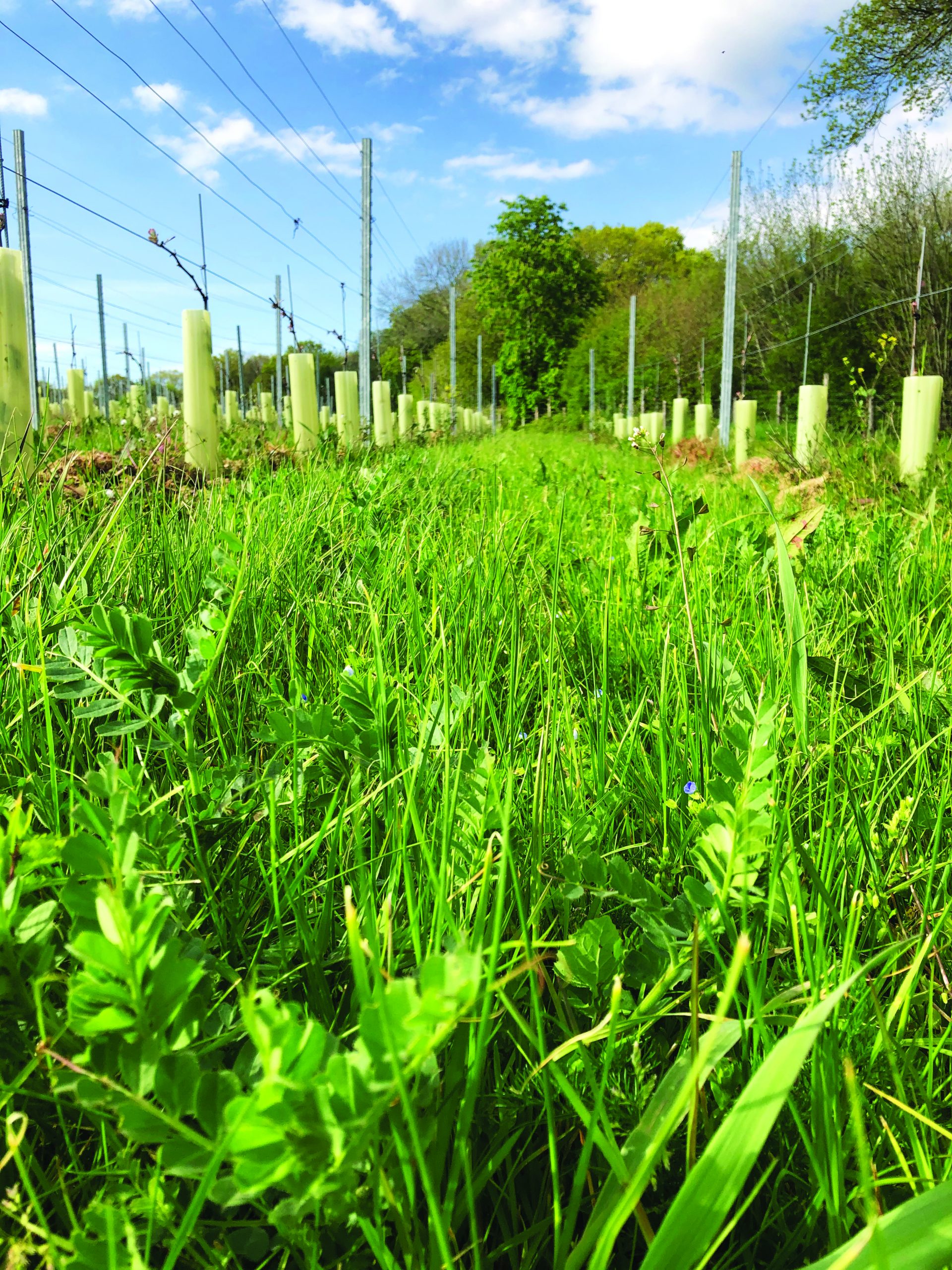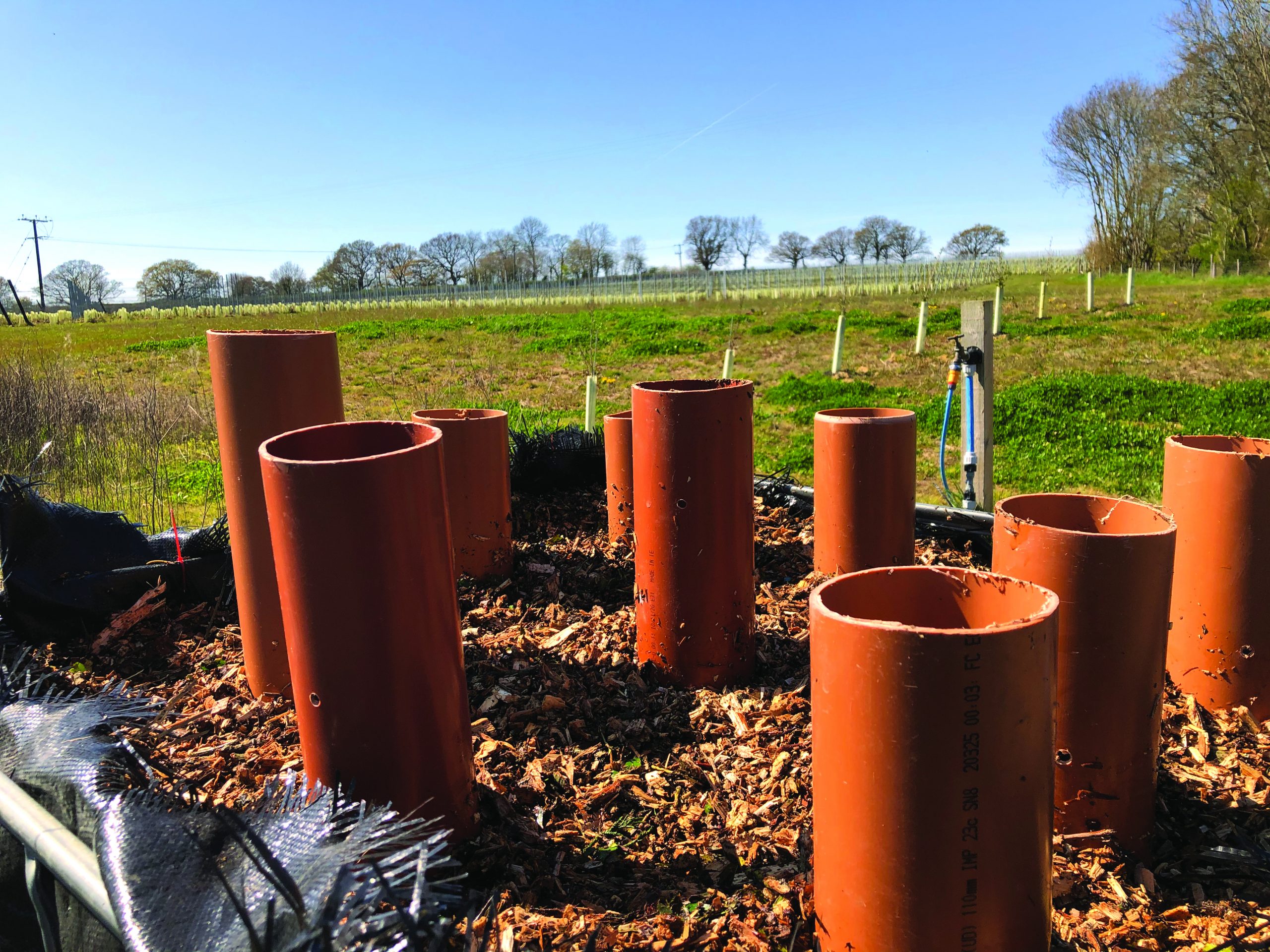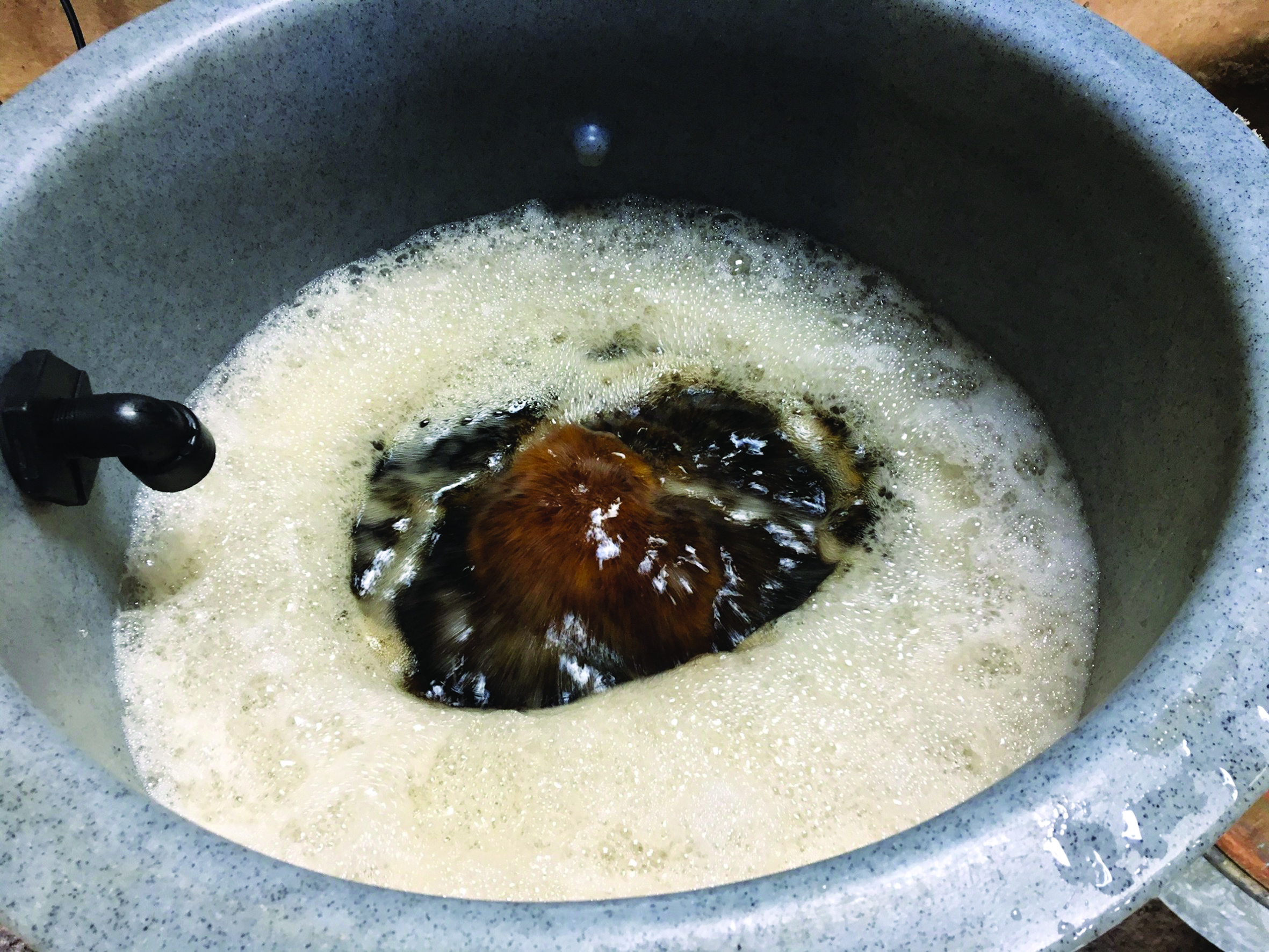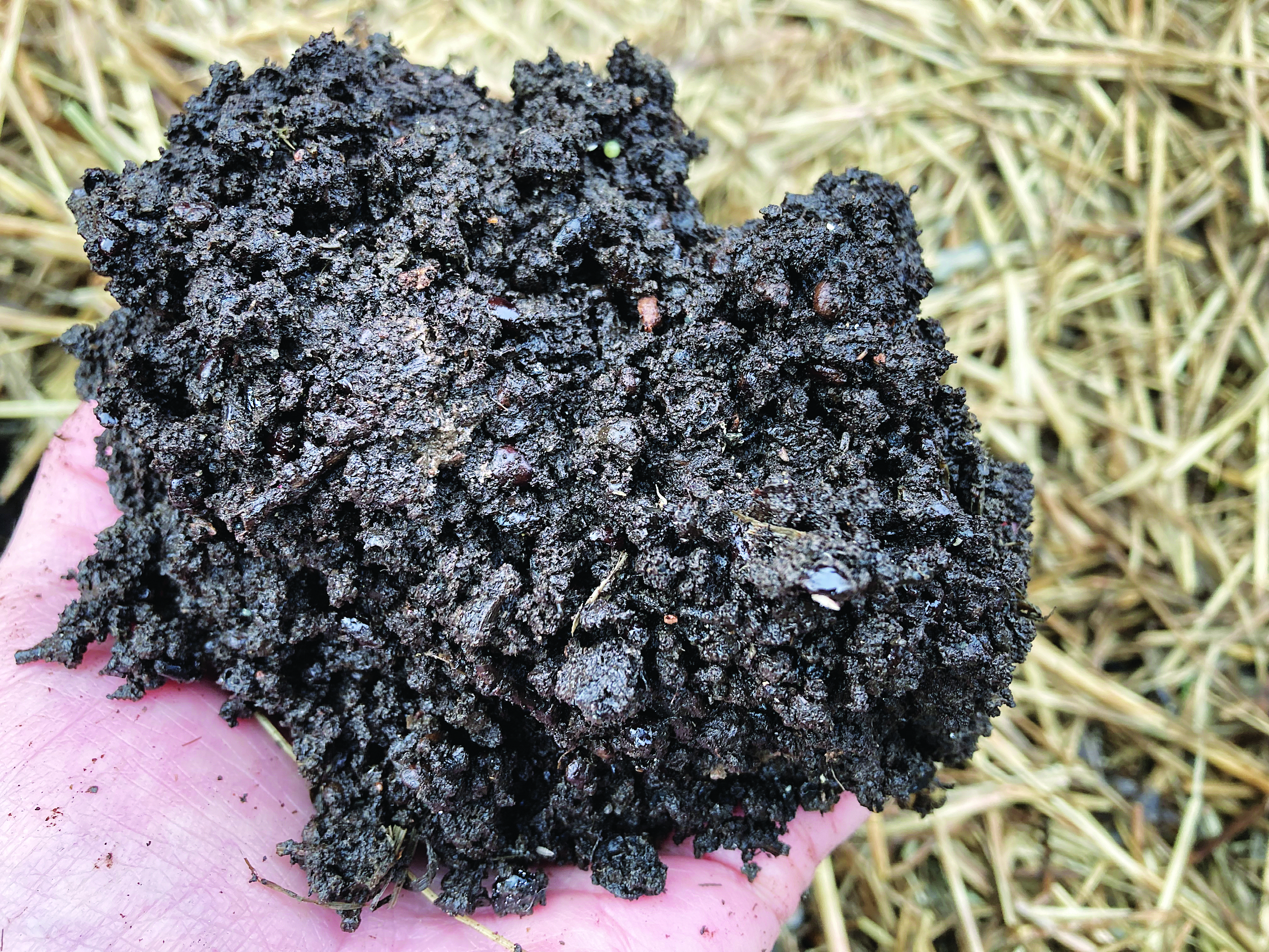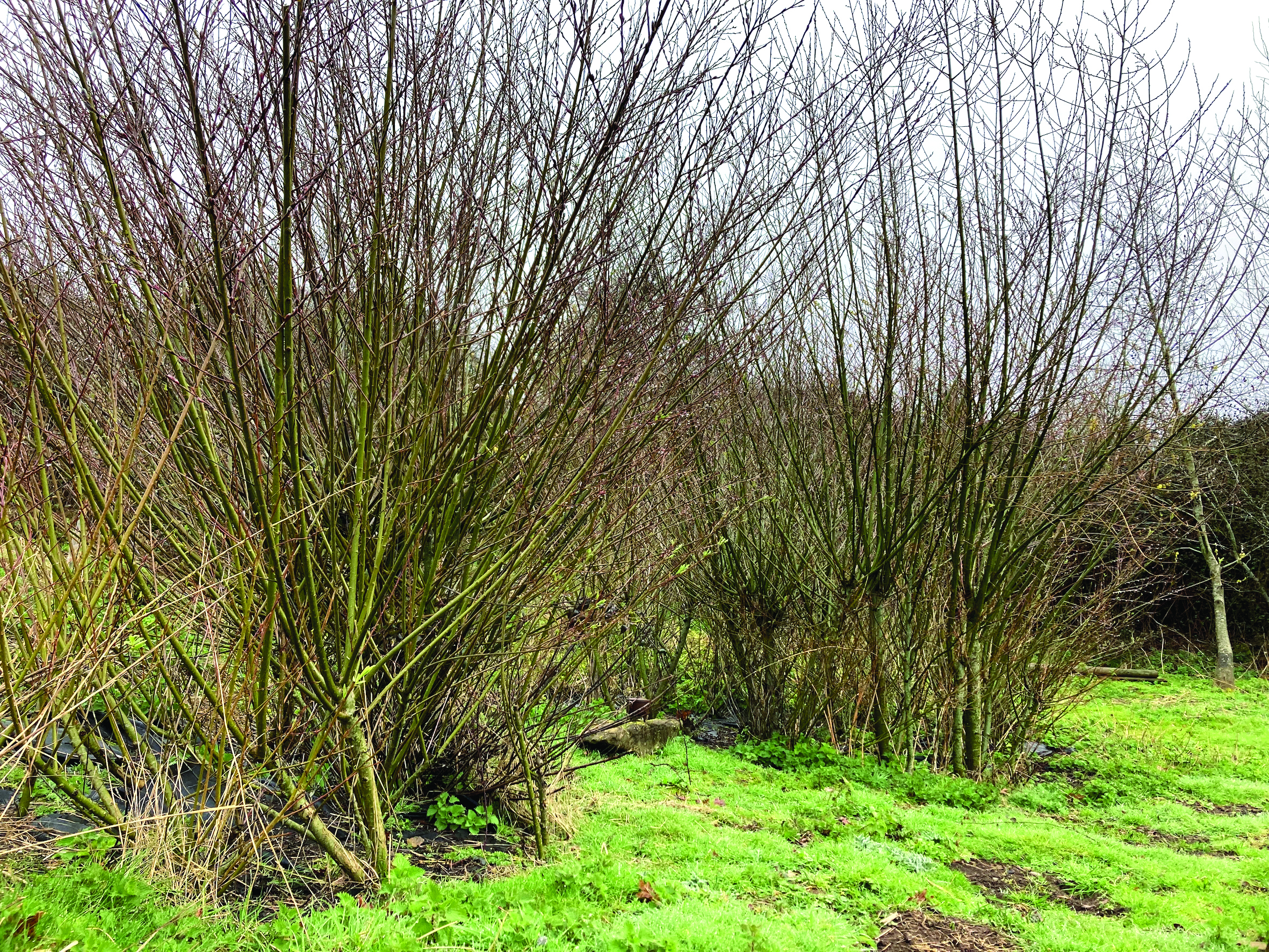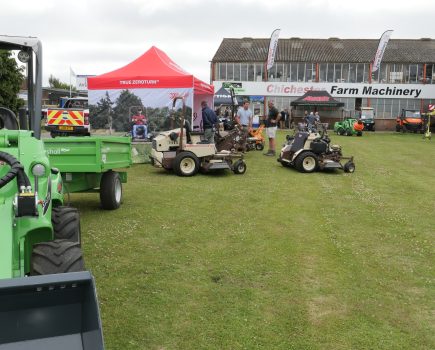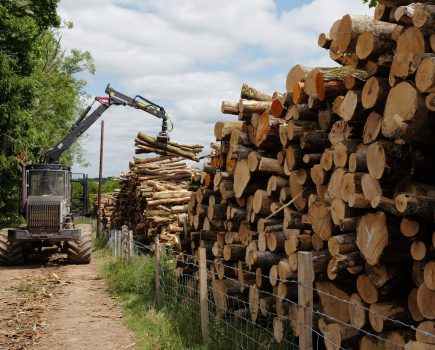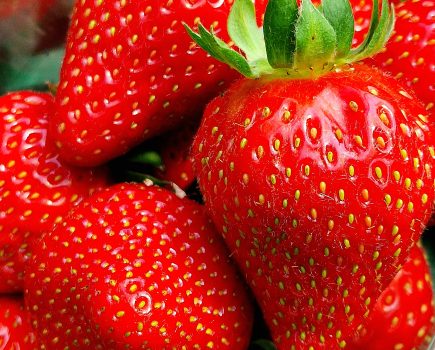Courtesy of our sister publication Vineyard Magazine we are pleased to bring you a special report on improving soil biological activity, by Laura Hadland.
Soil health is a huge subject area, and the characteristics that can impact the growth of vines are varied. The structure of the soil, its pH, nutrient and organic matter content along with bulk density, microbial diversity and respiration can all have a massive impact on the success of a vineyard’s crop.
Improving soil biology is always a current issue, but even more so now that the government has recognised the importance of encouraging activities that improve soil health. The Sustainable Farming Incentive was launched last year as part of DEFRA’s Environmental Land Management scheme. The overhaul of the EU farming subsidy system has been referred to by environmentalist George Monbiot as the “one genuine benefit of Brexit”.
The incentive pays producers who conform to certain standards – in relation to arable and horticultural soils, as well as a variety of other areas – and by doing this they acknowledge them as a public good. £1 billion will be spent “to support food production while protecting habitats and wildlife”. In 2023, more standards will be added to the scheme, including nutrient management and integrated pest management.
Current research
New ways to maximise outputs are continually being investigated. Research funded through DEFRA’s Farming Innovation Programme is ongoing to find ways to increase productivity and sustainability in UK grape growing, for example. Led by NIAB at the East Malling Research Vineyard as well as on commercial sites, the £350k project is investigating the impact of cover cropping and mechanical weeding strategies on soil health.
“It is still quite early in the project,” said root and soil biologist with NIAB, Dr Flora O’Brien. “We are currently focussing on the importance of cover crop establishment methods; how to achieve a good cover crop stand, and its impact on soil health. Regarding sustainability, the most desirable option is to use a direct drill with little or no cultivation, however, the existing grass sward and weed population can often be problematic and outcompete the cover crops. We are looking at how to best manage this and will monitor the impact on both the vines and soil health.”
One outcome of the two-year research project will be guidance on bespoke cover crop mixes to control nematodes, alleviate soil compaction and improve soil nutrition. This will be supported by recommendations supporting the transition to net-zero carbon emissions. It is envisaged that bringing up standards of soil health will address some of the causes of inconsistent yields and low juice quality.
Cover crops and green manures that are currently in use in UK vineyards include:
- Beans and clover for nitrogen
- Mustard and phacelia for carbon storage
- Linseed and oats for deep rooting
- Daikon radish planted in the winter as the deep-rooting varieties help with drainage and compaction
- Vetch and lucerne help to add nutrition to the soil
- Cocksfoot or ribgrass are deep-rooting grasses to assist with soil structure.
Identifying areas of the vineyard that perform differently and understanding why certain vines have issues with, for example, drainage or excessive growth is key to selecting the correct cover crop mix.
While cover crops are known to improve soil fertility by fixing nitrogen, suppressing weeds and preventing soil erosion, they are often ignored by commercial growers who fear that they may harbour insect pests, create more maintenance and increase competition for nutrients and water. This research may help to provide solid evidence that the practice of cover cropping actually brings more benefits than drawbacks.
That would be an organic matter
Increasing the organic matter content of your soil is an indisputable way of improving soil health. The manual addition of manures and composts is one way of securing those benefits for your soil.
The British Standard Institution has produced a specification for compost materials known as BSI PAS100. It applies across the UK and aims to improve confidence in composted material by helping to identify products that are safe and reliable.
“Some 15 years ago the PAS100 product landed and is now freely available from numerous suppliers,” said agronomist Julian Searle. “Several suppliers also spread in fruit row crops for a fee – FGS Agri and Bournes are two examples. Trials at NIAB-EMR with AHDB demonstrated conclusively that at a sufficient rate, spread to the rows only, water and nutrient availability was significantly improved to depth as well as providing a useful mulch against immediate water loss.”
In some areas, composted manure is available as an option, too. Julian recommends spreading every vineyard one year post-planting and, if not restricted by the NVZ regulations that control the amount spread, to the planted row only.
When applying compost or manure, there are a number of factors to take into consideration:
- The timing of organic amendments can affect their availability and impact on soil health. Application in the autumn or winter can allow for nutrient release before the growing season. However, spring applications can also be beneficial as they enhance soil biology and provide nutrients to the vines.
- The application rates and distribution are important to avoid nutrient imbalances or excesses as well as to keep within the water regulations. The application rate will be dependent on the type and quality of the amendment, and the vineyard’s nutrient needs. Even distribution is important to ensure uniform nutrient availability across the vineyard.
- Each type of amendment comes with its own strengths and weaknesses. Fresh manures may have a high nutrient content, but they can also contain weed seeds or pathogens. Well-aged composts provide a slow release of nutrients and enhance soil structure but may cause too much vigorous growth in the vines.
Cloud Agro Ltd are specialists in soil health and crop nutrition. They work with scientific and agricultural institutions to develop laboratory protocols and farm products that are rigorously tested and proven in field trials. Founder Ross Barclay-Beuthin explained: “Cloud Agro’s services and products make it possible for producers, for the first time, to accurately measure and effectively treat the ‘burn rate of nutrients’ exported during harvest, together with the ‘burn rate of humus’ expended during mineralisation.”
One of the products they supply is Smart Feed, a 100% natural organic fertiliser and soil conditioner, under the brand name FutureGro. It comes from the process of organic nutrient recycling, an upgrade to the traditional practice of manure and green waste application. It is six times stronger than farmyard manure and 50 times more effective than green waste. FutureGro encourages plants to grow stronger with enhanced nutrition and more balanced soils. The repeated application of the product helps nutrients become more available as the soil becomes more fertile, meaning that, over time, less chemical fertiliser is needed.
Tillage and Glysophate
“When it comes to improving soil health, physical soil management must play a part too,” said agronomist Julian Searle. “Travelling the ground frequently means deep cultivations are important.” Breaking up the soil to depth promotes better air infiltration and drainage reducing compaction or by adding deep rooted green manure into the soil.
There are arguments against practices like tilling which break up the soil surface since it can lead to erosion or indeed compaction. There is also a danger of vine damage when the process is badly managed and runs too close to the trunks of the vines. The topography and soil type of a vineyard will inform whether or not these sorts of practices offer a net benefit in specific cases.
“Cultivation for weed control has become very popular following the perception that glyphosate is dangerous,” Julian explained. “The arable sector is following a ‘minimum tillage’ model allowing the soil macro and micro fauna to create a naturally fertile soil profile with significantly reduced work to the soil; it seems to me the frequent cultivation model to remove weed under perennial fruit crops works against regenerative practice in so many ways. If glyphosate can be proven benign to the eco-system, its use, say twice a year, will fit very well with modern regenerative practice. The possibility of infrequent ‘shallow’ cultivation integrated with ‘safe’ herbicide use is perhaps the ideal.”
Ham Street Wines
“Soil health is at the heart of what we do and is an essential part of our management practices, especially as we are organic certified,” said self-confessed ‘soil geek’ Jules Phillips of Ham Street Wines in Kent. “We do this through the use of cover crops to increase plant diversity and soil structure, the use of inoculant composts such as a Johnson Su or BD500 to increase life in the soil and other composts such as PAS100 or woodchip to add carbon and organic matter to the soil.
“Paradoxically we also focus on plant health too (to improve soil health), as healthy plants will release root exudates feeding the life in the soil and boosting the soil food web; we do this through a nutrition programme informed by plant sap analysis.”
Jules and his wife Lucie are also conscious of other activities that limit soil health, such as the use of copper or compaction from machinery. They continually strive to reduce these activities wherever possible. Copper can disrupt soil structure, leading to compaction and reduced aeration which will limit root growth and nutrient intake. It can also be toxic to beneficial microorganisms in the soil and bind with nutrients, making them less available to plants. Finally, repeated use of copper can also make the soil more acidic, which may affect the balance of its chemistry.
For this reason, copper-based fungicides should be used judiciously, and in some cases alternative fungicides or non-chemical management practices may be more appropriate. Improving vineyard hygiene, employing integrated pest management strategies and using fungus-resistant grape varieties like Solaris, Rondo or Seyval Blanc may all mitigate the need to use copper regularly.
“If we can improve our soil health enough,” Jules said, “we will increase the health of the vines, quality of the fruit and mitigate the impacts of climate change, a win-win!”
Making friends in your soil
Reducing chemical inputs into the soil generally has the additional benefit of creating an environment that welcomes a diverse population of soil microorganisms.
- Mycorrhizal fungi form symbiotic relationships with plant roots that improve nutrient uptake and the efficiency of water use. They can also help to suppress plant pathogens and improve soil structure. Adding organic matter to the soil and reducing the use of chemical fertilisers can help to promote their development.
- Nitrogen-fixing bacteria convert atmospheric nitrogen into a form that plants can use as well as suppressing pathogens and supporting soil structure. Green manures added to the soil will help to encourage their growth.
- Earthworms help to improve the aeration of the soil and break down organic matter more efficiently. Earthworm populations can be encouraged through reduced use of pesticides, adding organic matter to the soil and avoiding excessive tillage.
Monitoring soil health over time can help identify areas for improvement and allow management practices to be adjusted as required to ensure that your vineyard is as welcoming as possible to these tiny allies.
Biodynamic viticulture
The first certified biodynamic wine in the UK was released by Sedlescombe Vineyard in East Sussex in 2010. At the core of biodynamic agriculture is the principle of ensuring the land is a self-sustaining organism. This includes focusing on the other plants and animals in the vineyard as well as the vines themselves. Biodynamic certification demands that growers improve the life of the soil and that at least 10% of the land is dedicated to encouraging biodiversity.
Chemical fertilisers and soil conditioners are replaced with natural ones. The Demeter UK Standards state that “a biodynamic enterprise should aim for self-sufficiency in its manures and fertilisers”, using compost, stable manure and organic wastes, for example. Strict controls are placed on where these products can be sourced from, and the situation is the same with the permitted agents for plant pest control and protection against fungal attack.
“One of the key principles of biodynamic viticulture is considering the vineyard as a self-contained, living organism,” said Robin Snowdon, the vineyard manager and winemaker at Limeburn Hill Vineyard near Bristol. “This means that we aim for self-sufficiency and closed loop cycles when considering any soil or plant treatments. In relation to soil health this could be having your own livestock and using the manure; having willow beds (perhaps to treat water) that can be chipped and transformed into fungal-rich compost; or chipping the vine prunings to be part of a fungal-rich compost that could be used for compost tea to inoculate the soil with beneficial microbes.”
There are nine biodynamic preparations that are the cornerstone of biodynamics. Seven of those focus specifically on soil health. Perhaps most well-known is the Horn Manure preparation, made from fresh cow manure buried in the ground in cow horns over the winter before being retrieved in the spring. The contents are then diluted and sprayed. “It works as a compost tea,” Robin explained. “It inoculates the soil with microbial life. We also use the Six Compost Preparations that all add specific micro nutrients and macro nutrients to a compost which is then spread across the vineyard.”
Robin has found tangible improvements to the soil and biodiversity at Limeburn Hill since working with biodynamics. “We have noticed a slow but significant improvement in soil health,” he said. “This is evidenced by the density and diversity of soil microbes seen under the microscope, an increase in worm numbers and diversity, and the increased activity of moles (whose main source of food is, of course, earthworms). We have also noticed an improvement in surface water drainage across the vineyard which indicates an improving soil structure, plus a much greater diversity of wild flora and the resulting insect and bird life in the vineyard – we are currently at over 60 species of birds identified on the vineyard.”
- Compost spreading
- Biodynamic prep 500 in cow horns at Ham Street Wines
- Cover crop at Ham Street Wines
- Cover crop at Ham Street Wines
- Johnson Su Bioreactor (a great fungal compost) at Ham Street Wines
- Compost tea maker, used to increase fungal and bacterial life before spraying on soil at Limeburn Hill Vineyard
- Composted grape marc after one year breaking down at Limeburn Hill Vineyard
- Willow bed, coppiced annually to provide wood chip for compost at Limeburn Hill Vineyard

